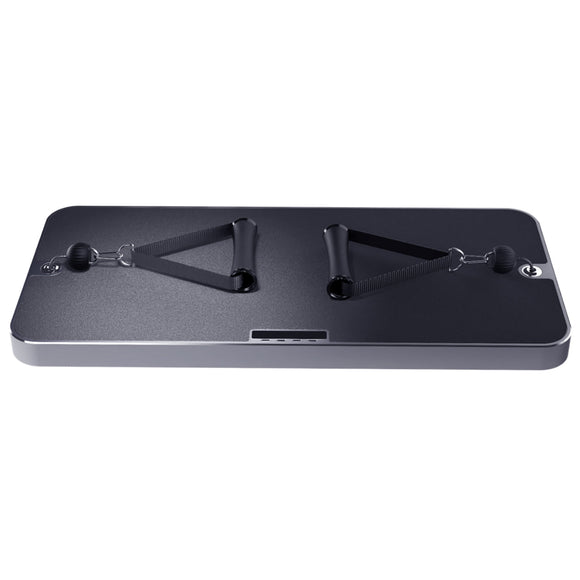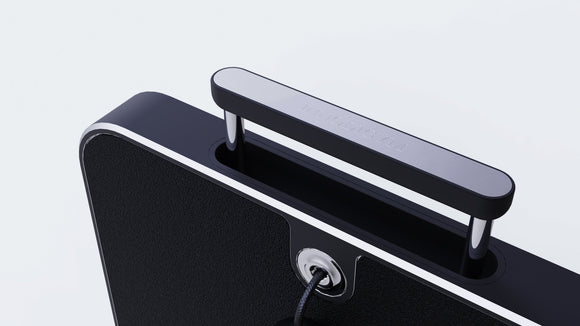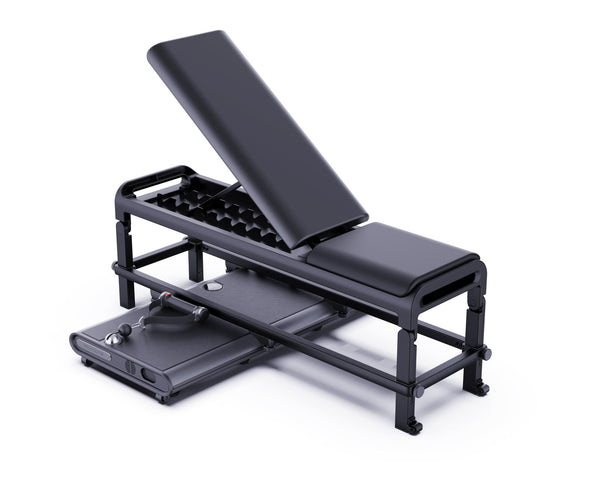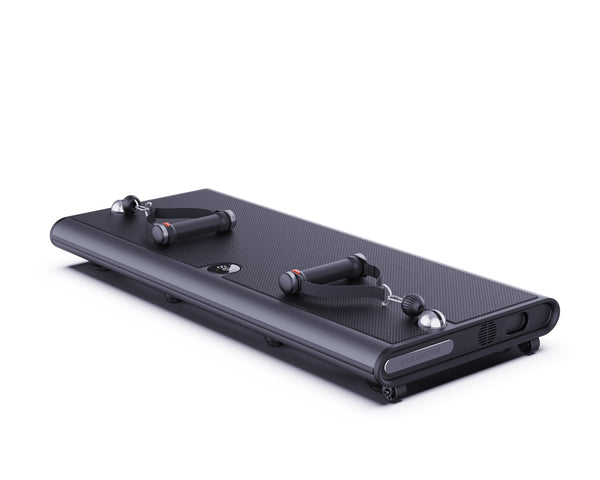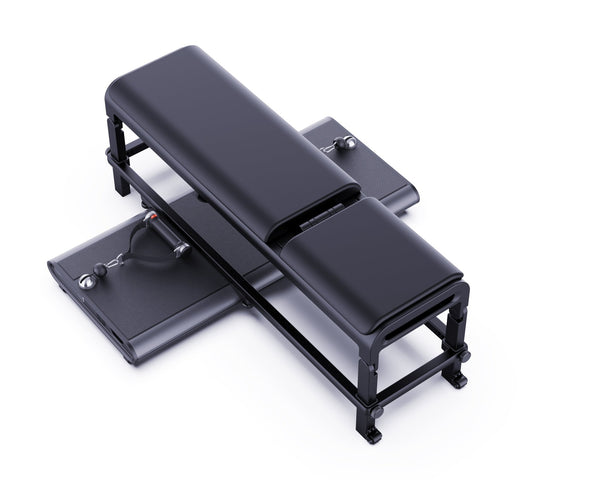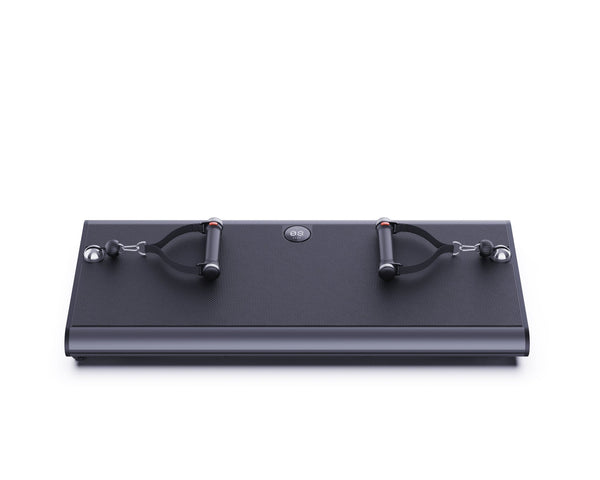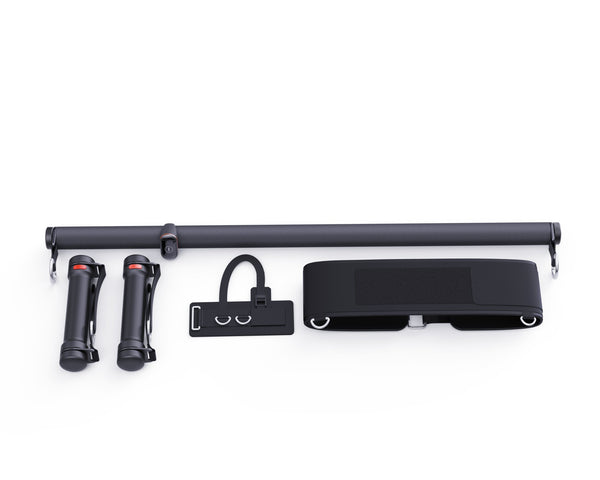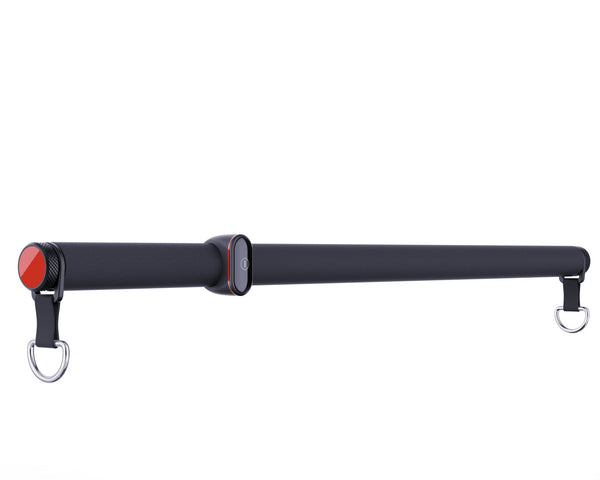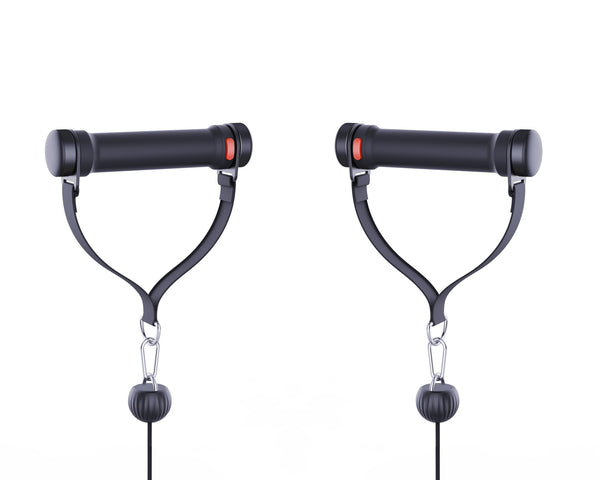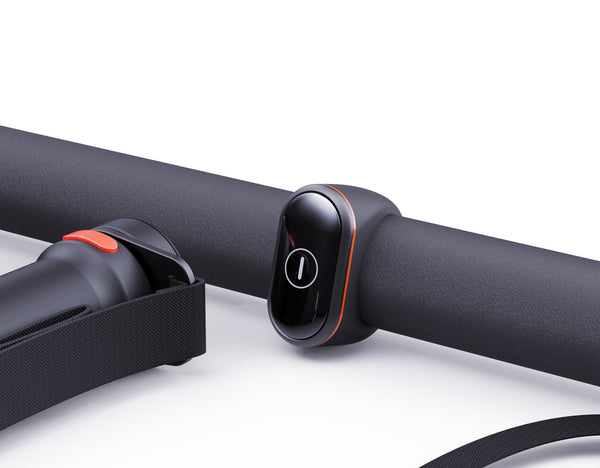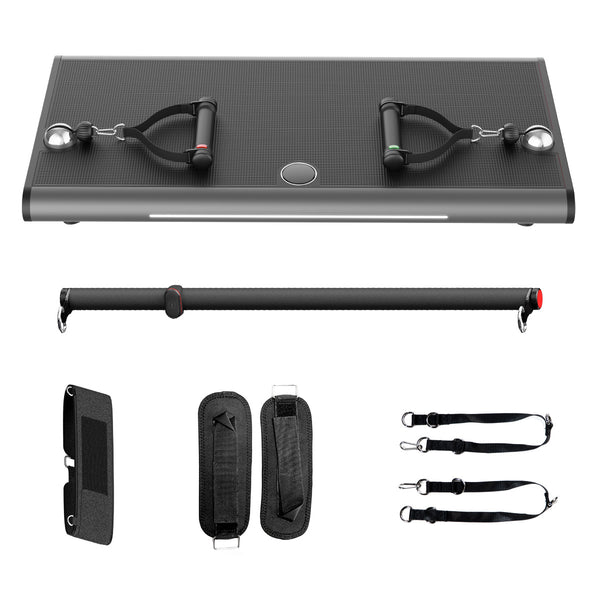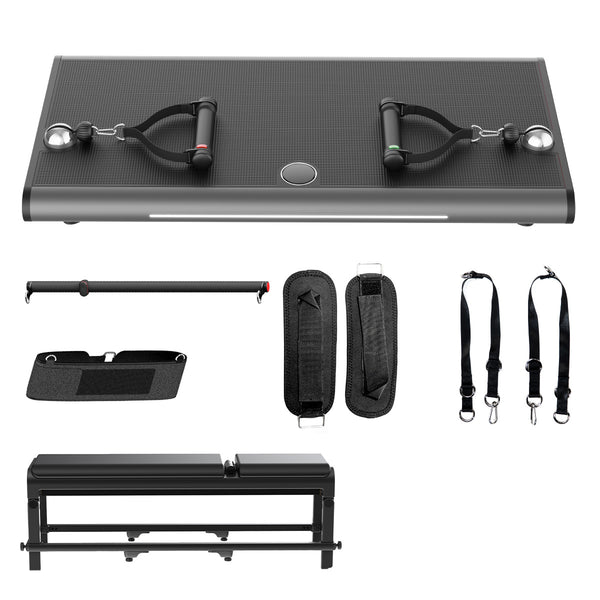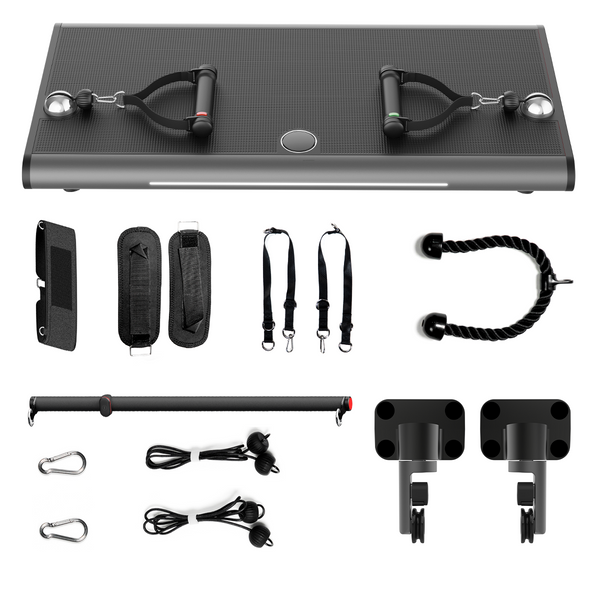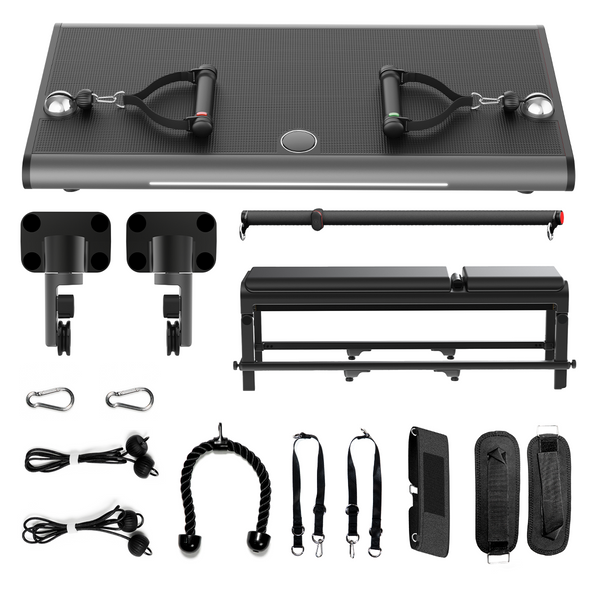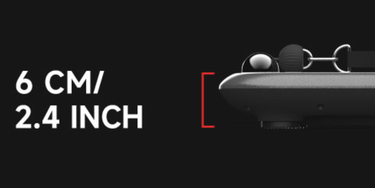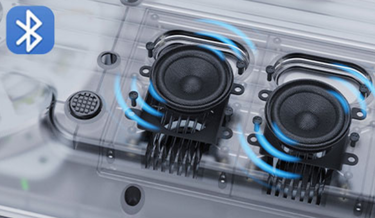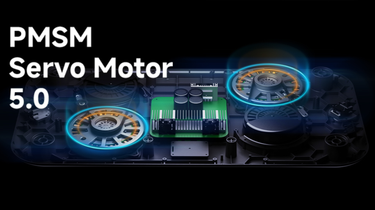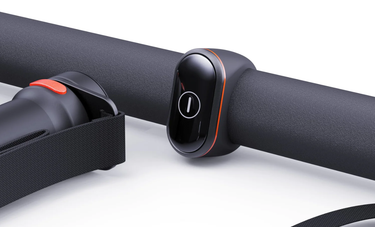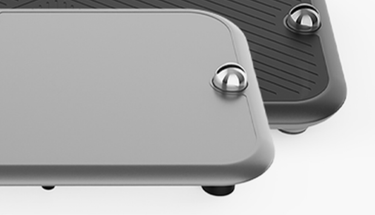4 Widerstand Verschiedene Modi
Mehrere Trainingsmodi, Fettverbrennung, Formung und Muskelaufbau nach Bedarf umschaltbar, mehrdimensional, um die Fitnessanforderungen zu erfüllen und den Trainingseffekt effizient zu verbessern; für mehr Personen geeignet, Anfänger, professionelle Fitnessbegeisterte und so weiter;

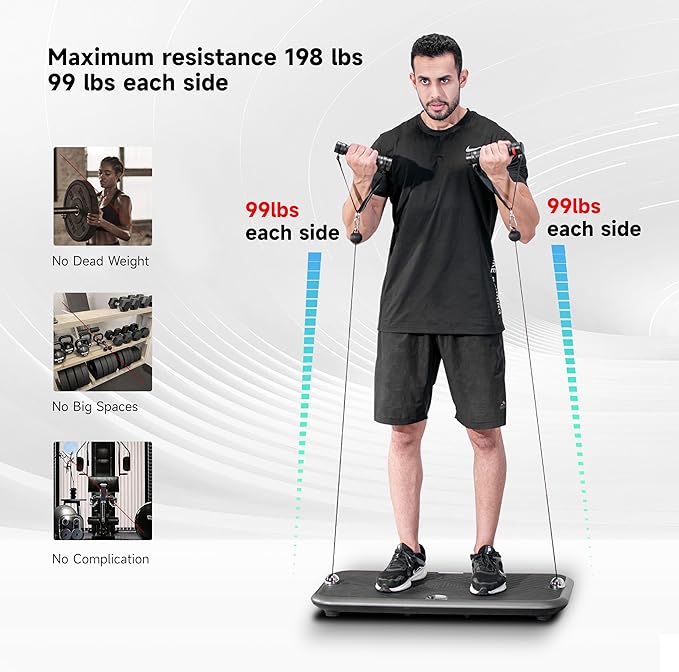
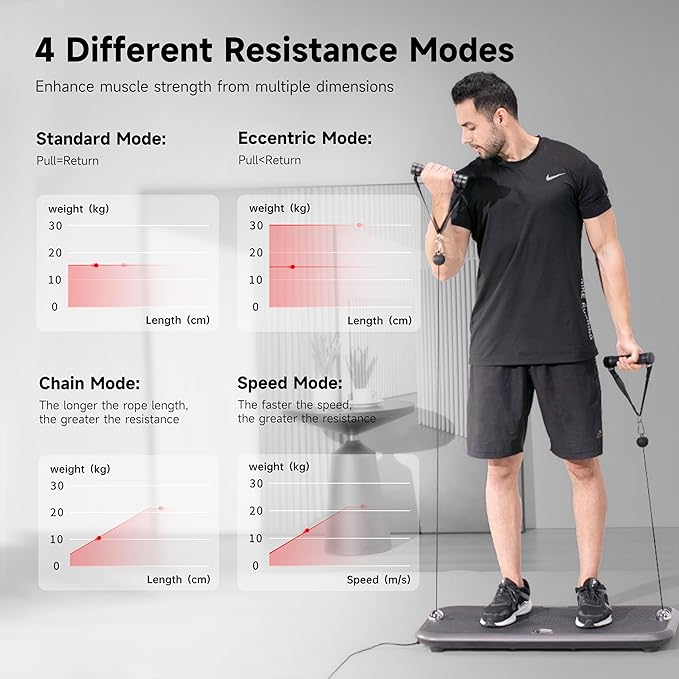

Warum INNODIGYM P1 wählen
-
![]()
MINIMALES DESIGN – 6 CM
Ultradünnes Design und integrierter Druckguss aus Aluminiumlegierung
-
![]()
Stereo-5-W-Bluetooth-Verstärker
Der Stereo-5-W-Bluetooth-Verstärker bietet kraftvollen Sound in kompaktem Design. Genießen Sie kabelloses Audio-Streaming mit Bluetooth-Konnektivität.
-
![]()
5.0 Scheiben-Servomotor
Erleben Sie unübertroffene Präzision mit Innodi P1, angetrieben von unserem 5,0-Disc-Servomotor. Verbessern Sie Ihr Heimtraining mit dieser fortschrittlichen, langlebigen Technologie.
-
![]()
Sicherheitsschutzmechanismus
Zahlreiche Schutzmechanismen durch moderne künstliche Intelligenz: Verbesserte Sicherheitsfunktionen
-
![]()
Sicherheitsknopf
Sicherheitsknöpfe an beiden Griffen und an der Stange. Sie fungieren als ausfallsicherer Mechanismus und geben die Gewichte sofort frei, wenn die Belastung zu groß wird.
-
![]()
Materialien für die Luft- und Raumfahrt
Werten Sie Ihr Heim-Fitnessstudio mit der Innodi P1-Serie auf und verwenden Sie Materialien aus der Luft- und Raumfahrt für unübertroffene Stärke und Langlebigkeit.
Hypertrophy is a term that frequently pops up in fitness discussions, particularly when it comes to muscle growth. At its core, hypertrophy refers to the increase in the size of muscle fibers, a vital aspect for anyone looking to enhance their physique and strength.
There are two primary types of hypertrophy: myofibrillar and sarcoplasmic. Myofibrillar hypertrophy focuses on increasing the density of muscle fibers, leading to greater strength and power. This is often achieved through heavy lifting with lower repetitions. On the other hand, sarcoplasmic hypertrophy enhances the storage capacity of glycogen in muscle cells, which can improve endurance and overall muscle size. This is typically targeted through higher repetitions and lighter weights.
To effectively stimulate hypertrophy, a well-structured training program is essential. Incorporating progressive overload—gradually increasing the weight or resistance—is crucial for continual growth. Additionally, ensuring adequate rest and recovery is vital, as muscles need time to repair and grow after intense workouts.
Nutrition plays a significant role in supporting hypertrophy. Consuming a balanced diet rich in protein is essential, as protein is the building block of muscle. Aim for a protein intake of about 1.6 to 2.2 grams per kilogram of body weight, depending on your training intensity and goals.
In summary, understanding hypertrophy is fundamental for anyone aiming to build muscle effectively. By focusing on the right training techniques, nutrition, and recovery, you can unlock your body's potential and achieve your fitness goals. Whether you're a beginner or an experienced lifter, embracing hypertrophy can lead to significant improvements in your strength and physique.
Digitales Fitnessstudio
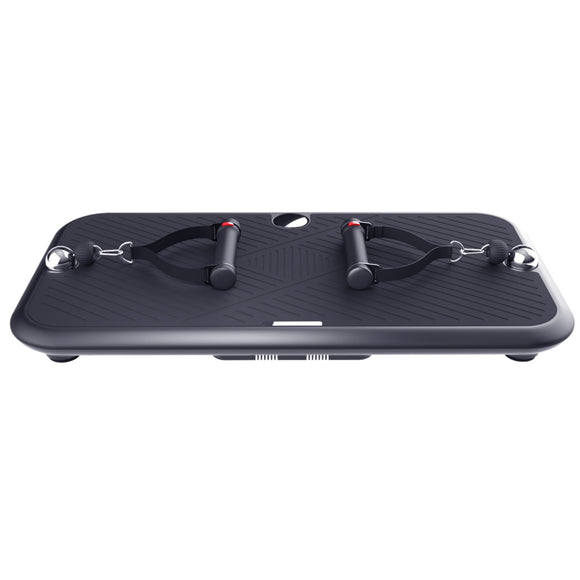
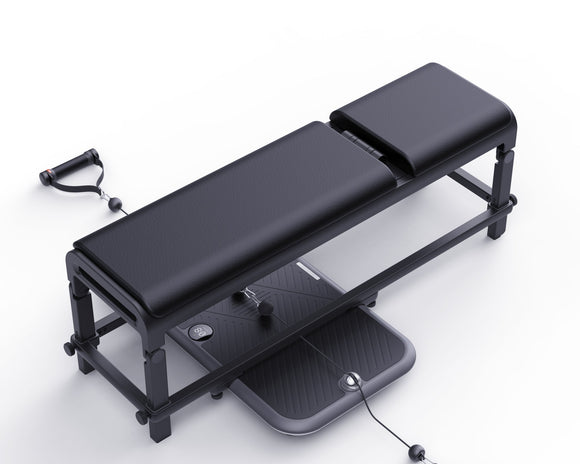
INNODIGYM P1 PLUS
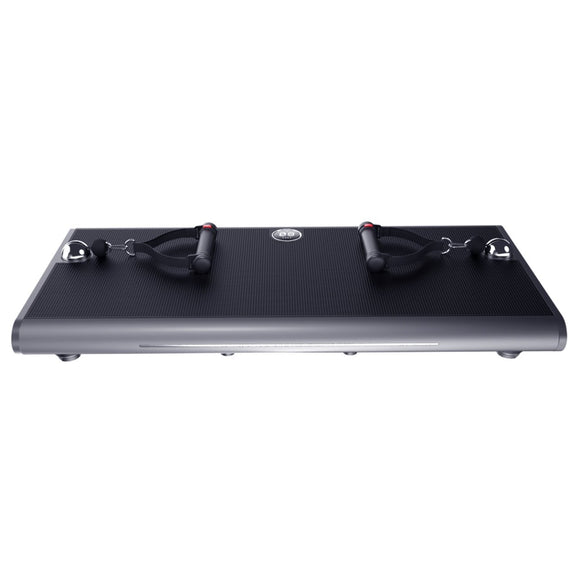
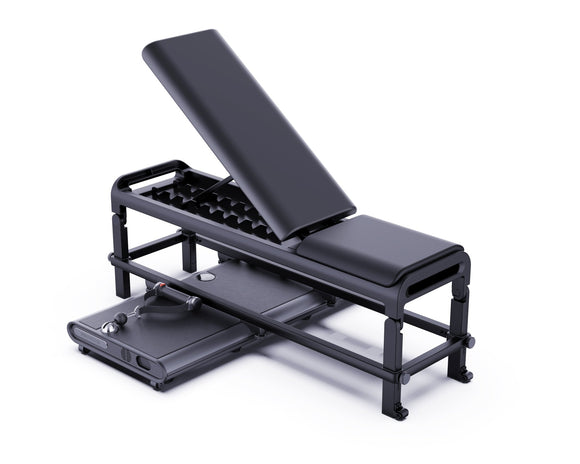
INNODIGYM P1 MAX
